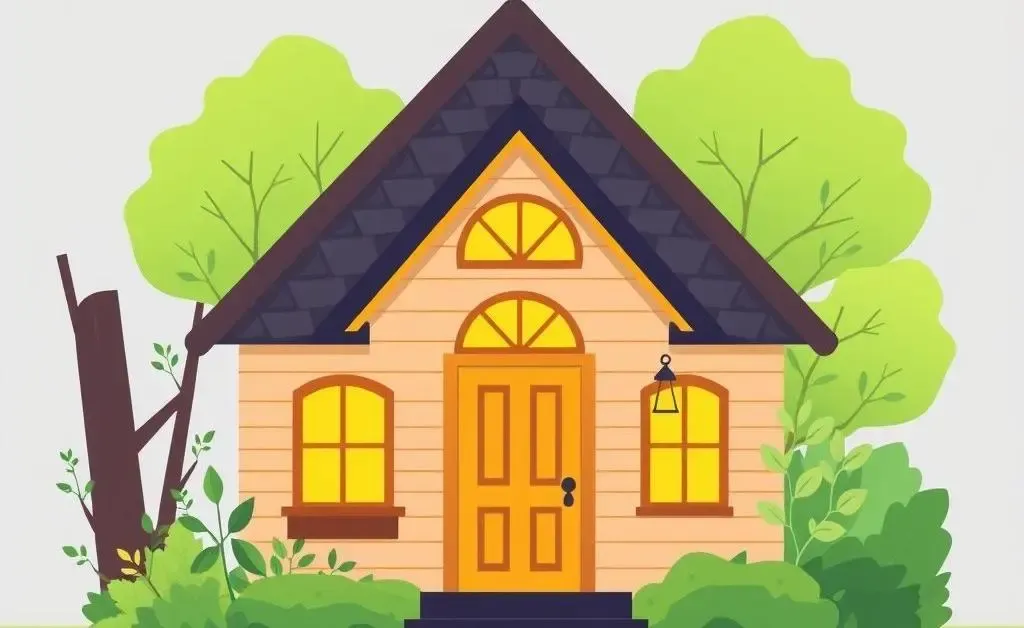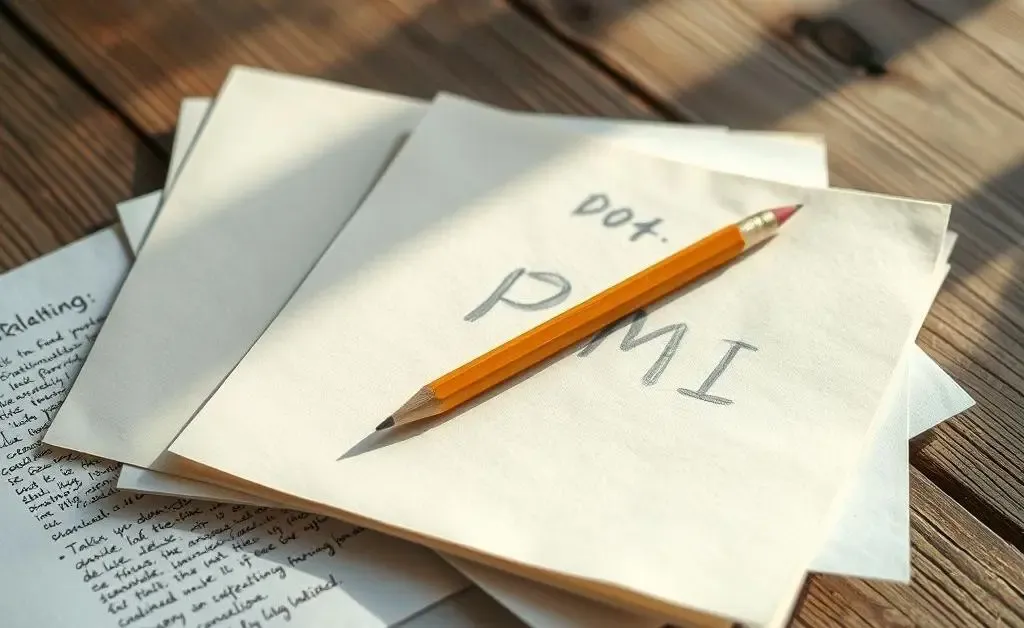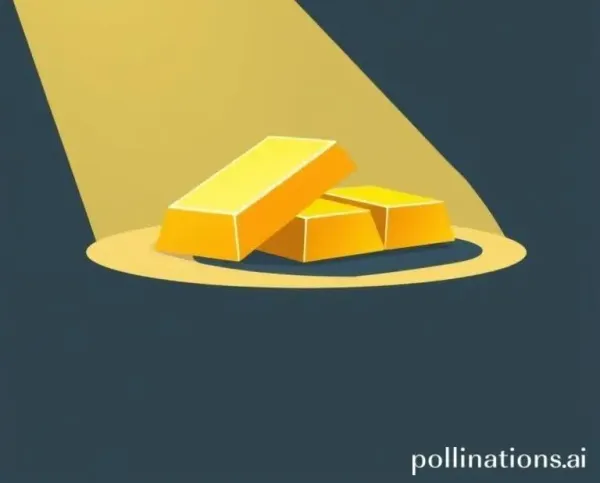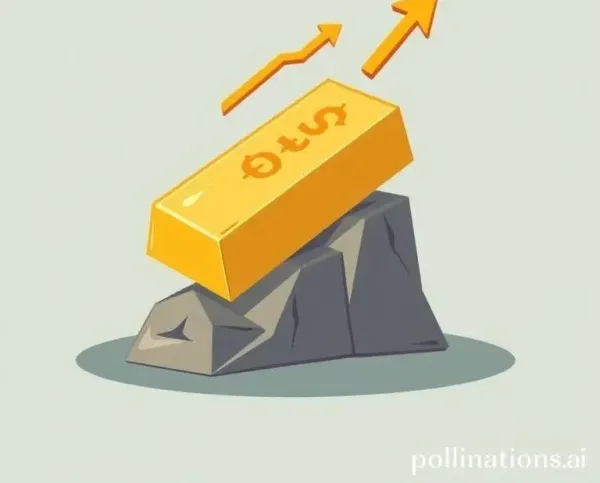Understanding PMI: How to Save on Your Home Loan
Learn about PMI, why it matters, and how you can avoid it to save on your mortgage costs.

Thinking about buying a home? Navigating the world of mortgage and loans can feel like deciphering a new language. One term that often pops up is PMI, or Private Mortgage Insurance. But what exactly is it, and how can you avoid paying for it?
What Is PMI?
PMI stands for Private Mortgage Insurance, a type of insurance that lenders require from homebuyers who put down less than 20% of the home's purchase price. The purpose of PMI is to protect the lender in case you, as the borrower, default on your loan.
Why Does PMI Matter?
While PMI may protect the lender, it can add a significant cost to your monthly mortgage payment. Over time, this can add up, increasing the overall cost of homeownership. PMI is often considered a necessary evil for those who can't afford a hefty down payment, but avoiding it could help you save a substantial amount.
Strategies to Avoid PMI
Avoiding PMI isn’t impossible, but it does require some financial maneuvering. Here are a few strategies that might help:
- Save for a larger down payment: Aim for at least 20% to steer clear of PMI.
- Consider a piggyback loan: Some buyers take a second mortgage to cover part of the down payment.
- Look for lender-paid PMI options: Some lenders offer this, but it could mean a higher interest rate.
Anecdote: Jane's Homebuying Journey
Let me share a little story. Jane, a first-time homeowner, was overwhelmed when her lender mentioned PMI. Initially, she thought it was a complex home feature! She was eager to ditch PMI, so she saved diligently and enlisted help from a financial advisor to unlock the doors to her dream home without PMI lurking around the corner.
Conclusion
PMI might not be avoidable for everyone, but understanding what it is and how it adds to your costs empowers you to make informed financial decisions. Could a larger down payment be in your future, and how might it shape your journey toward homeownership?







